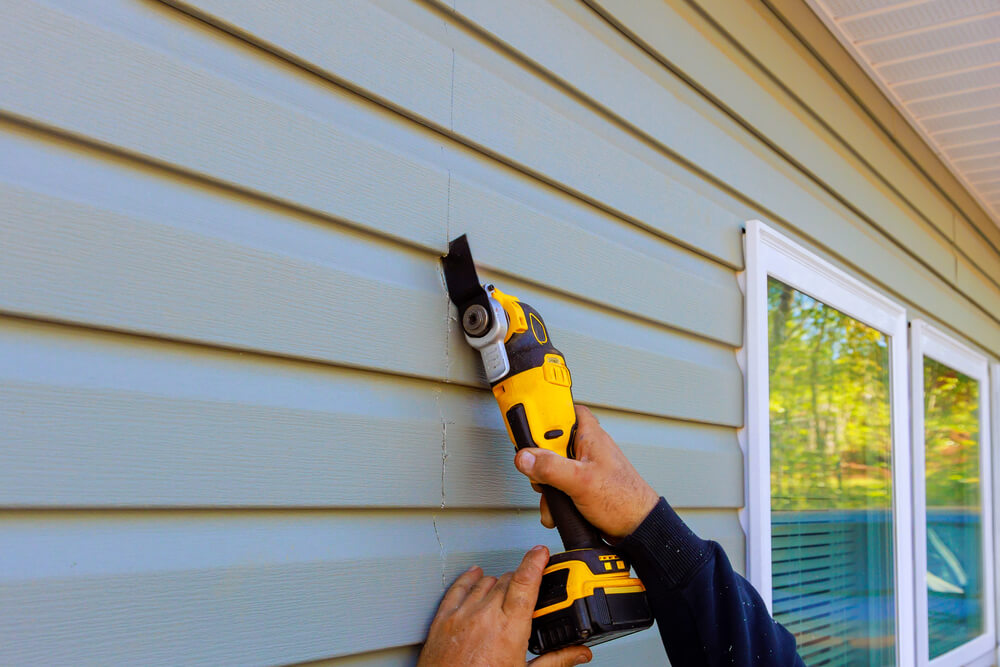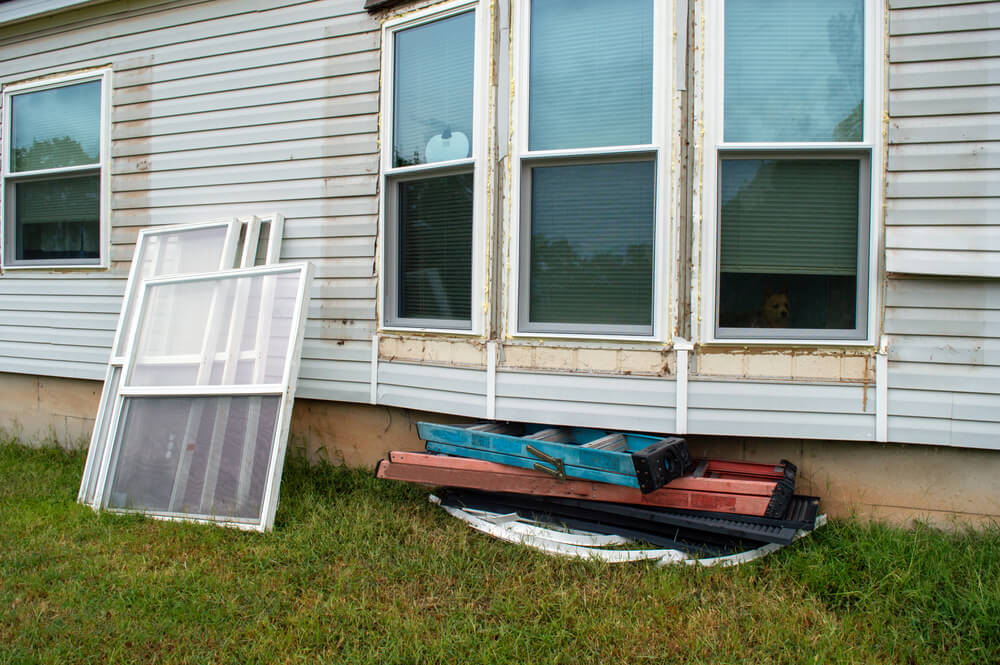

Considering a fresh, updated look for your home with new cladding? A siding replacement can transform your home’s curb appeal, enhance its value, and improve energy efficiency. But where do you start?
In this guide, we’ll cover essential tips for siding replacement, from picking materials to hiring the right contractor. Each step will help you make informed choices that suit your home and budget. Follow these steps to make your replacement a smooth and successful project.
Evaluate Your Current Siding Condition
The first step is to assess your existing siding. Check for signs of wear, damage, or discoloration, and inspect for any mold or warping. Peeling, cracks, and loose sections are signs your exterior paneling may have aged. Evaluating the condition helps you determine the urgency of replacement and aids in budget planning.
Set a Realistic Budget
Set a budget that fits comfortably within your financial plans. Research the costs of materials, labor, and any additional expenses, like disposal of old siding. Setting a budget can prevent overspending and keep the project on track. Remember that while exterior paneling is a significant investment, quality adds long-term value.
Consider Your Home’s Style and Color Scheme
Your new siding should complement your home’s architecture and design. Think about the colors and styles that enhance your home’s look without clashing with its natural surroundings. Neutral colors like gray and beige often blend well, while bolder shades like blue or green can make a statement. Keep in mind that darker colors absorb more heat, which could affect energy efficiency.
Get Permits and Approvals
Many areas require permits for siding replacements, so check local regulations before beginning. Some neighborhoods also have homeowners’ association guidelines for exterior changes. Failure to get the necessary approvals can result in fines or having to redo your exterior paneling. Being proactive about permits keeps your project moving smoothly and legally.
Hire a Reputable Contractor
One of the most essential tips for a siding replacement project is finding a trustworthy contractor. Look for contractors with solid reviews, experience in installations, and the necessary licensing.
Ask for references and photos of previous projects to verify their quality of work. A reputable contractor can offer expert advice, handle unexpected issues, and ensure your siding is installed correctly. Investing in a skilled contractor will save you time and potential stress.
Prepare Your Home for Installation
Before installation begins, take steps to ready your home for the project. Clear the area around your home’s exterior, moving items like outdoor furniture, garden tools, and decorations. This gives the workers ample space to operate safely and efficiently. Additionally, trim any shrubs or trees that might obstruct the work area.
Make a Post-Installation Checklist
Once the siding is installed, go over the project with a detailed checklist. Look for any areas that may need additional work or touch-ups. Confirm with your contractor that all aspects meet your expectations and the project is fully complete. Review warranty details for your siding and keep a copy of all documentation for future reference.
Replacing your siding can be a transformative project for your home when planned thoughtfully. Each step is essential to achieving lasting results. With these essential tips for siding replacement in mind, you’re ready to tackle your project with confidence. Remember, a well-done replacement not only enhances curb appeal but also boosts home value and energy efficiency.
- 1share
- Facebook0
- Pinterest1
- Twitter0
- Reddit0



